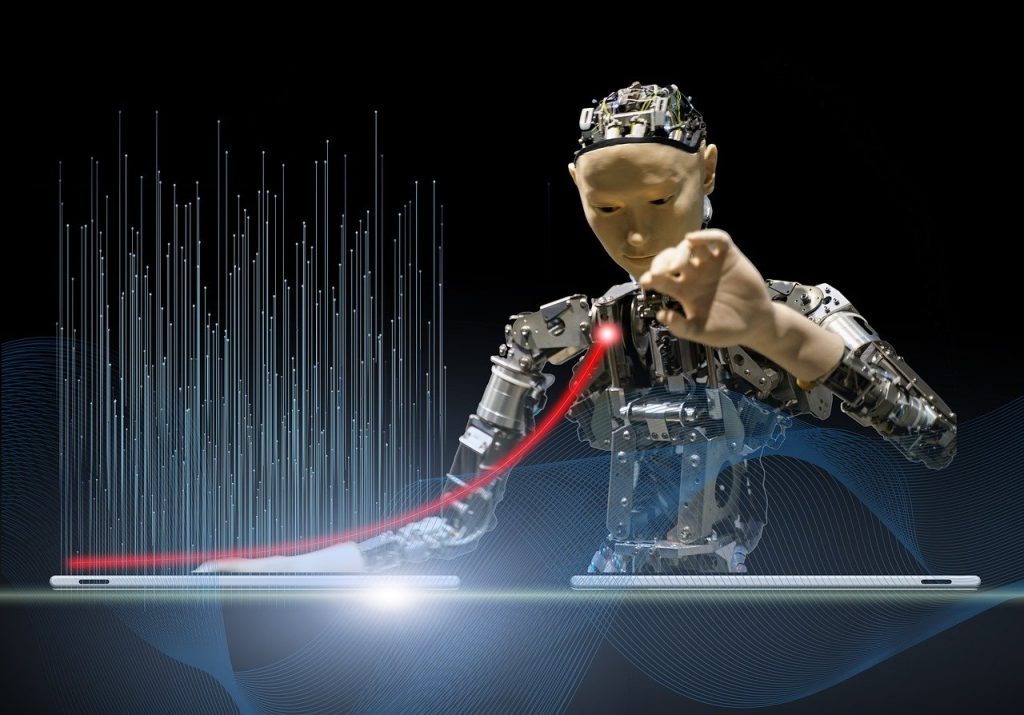
GUEST POST from Art Inteligencia
The future of automation and artificial intelligence is highly debated in today’s world. As technology continues to advance, so does the potential for automation and AI to radically transform how we live our lives. From automated robots in factories to smart assistants in our homes, automation and AI are becoming a reality in more and more areas of everyday life. This article will examine the potential of automation and AI, their impact on society, and provide two case study examples of where automation and AI are being applied today.
The potential of automation and AI is vast. Automation can take on mundane tasks, freeing up more time to focus on important and fulfilling work. AI can augment our knowledge, helping us to make better decisions for our businesses, families, and communities. As technology progresses, machines will more and more be used for tasks that have traditionally been done by humans. Automation and AI could soon lead to highly efficient, reliable, and even completely autonomous systems.
However, automation and AI come with their own set of risks. There is a lot of fear that automation and AI will lead to job losses, inequality, and ethical dilemmas, especially as AI becomes increasingly capable of replicating complex decisions and tasks. Though the advancement of these technologies could bring great benefits, it is important to consider potential risks and explore ways to ensure that any automation or AI systems are beneficial for everyone.
To better understand how automation and AI are impacting the world, let us look at two case study examples.
Case Study 1 – Manufacturing
The first example is the story of Foxconn, an electronics manufacturing company based in Taiwan. To increase efficiency, the company started to incorporate robots into their workflow. Recently, they announced that they will be reducing the number of employees by over 50,000 and replacing them with robotic automation. Though this might seem like a benefit to Foxconn, it has had negative impacts on their workers who are losing their jobs.
Case Study 2 – Healthcare
The second example is the application of AI in healthcare. AI is being used in a number of ways in healthcare, from automating simple tasks like medical record keeping to aiding in diagnosis and decisions. For example, a recent study found that AI systems can accurately predict heart attack risks by analyzing CT scans, which could potentially lead to earlier and more effective treatments.
Conclusion
Overall, the future of automation and AI is extremely promising, and their potential could bring tremendous benefits. It is important, however, to consider the risks and ethical implications of these technologies, and to explore ways to ensure that their application is beneficial for everyone.
Bottom line: Futurology is not fortune telling. Futurists use a scientific approach to create their deliverables, but a methodology and tools like those in FutureHacking™ can empower anyone to engage in futurology themselves.
Image credit: Pixabay
![]() Sign up here to get Human-Centered Change & Innovation Weekly delivered to your inbox every week.
Sign up here to get Human-Centered Change & Innovation Weekly delivered to your inbox every week.